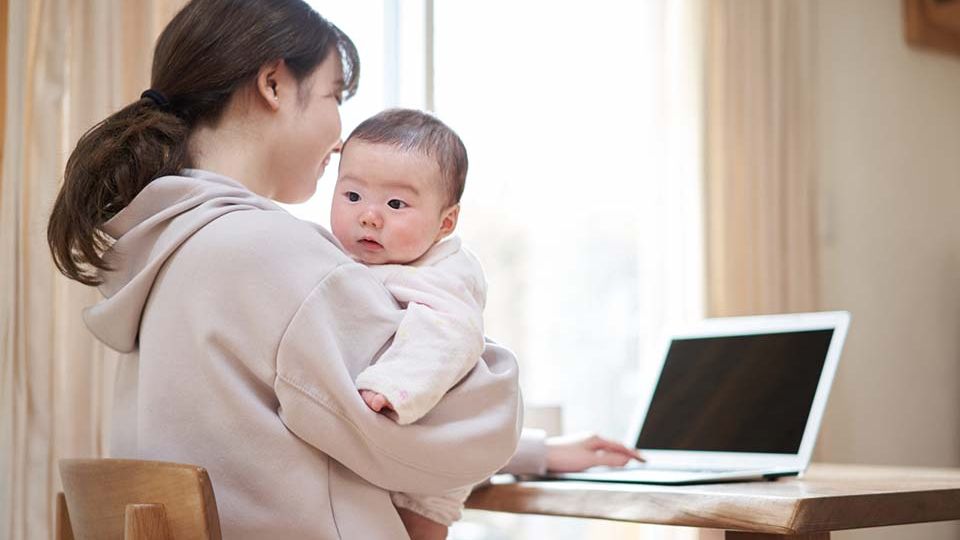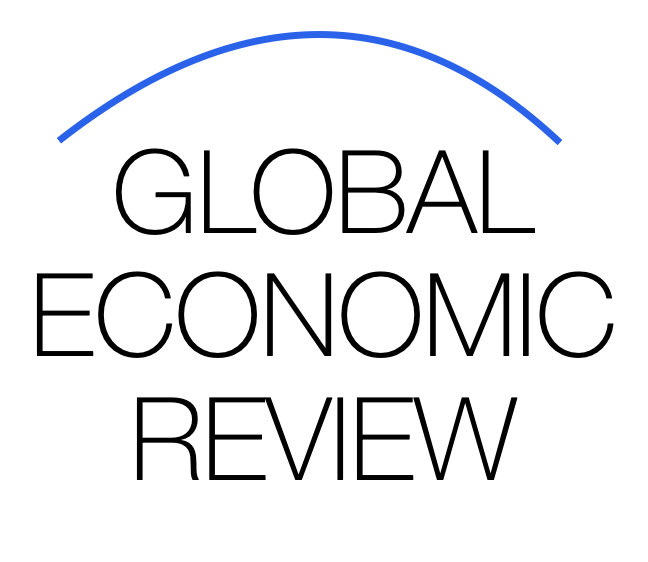The Motherhood Penalty: How Childbirth Reshapes Women’s Lifetime Earnings

For decades, gender gaps in education and workforce participation have narrowed, but one stubborn disparity persists: women’s earnings almost never recover after they have children. While men often see little change—or even wage increases—after becoming fathers, women’s pay trajectories flatten or decline, leaving long-term scars on their financial security.
This phenomenon, often called the motherhood penalty, reflects not just the immediate challenges of balancing childcare and careers but also the structural barriers that compound over time. The result is a widening wealth gap between men and women, one that extends well into retirement.
The Time Crunch in the 30s
Women tend to experience the sharpest career pressures in their 30s—the very years when many are raising young children. This decade is also critical for career advancement, as promotions, pay raises, and leadership opportunities tend to accelerate during this period.
For mothers, the demands of childcare often lead to reduced working hours, slower career progression, or temporary exits from the workforce. Even short breaks can have lasting effects: missed raises, fewer promotions, and lost seniority. When they return, many find themselves on a different, often lower, career track.
Meanwhile, men in their 30s—particularly fathers—are less likely to step back from their jobs. In some cases, employers even reward fatherhood with perceptions of increased stability and responsibility, further widening the gender earnings gap.
Compounding Lifetime Effects
The impact of reduced earnings in early and mid-career years doesn’t just vanish over time—it compounds. Lower salaries mean smaller raises, reduced contributions to retirement savings, and diminished access to employer-based benefits. By midlife, women who had children often earn significantly less than their childless peers and far less than men of similar age and education.
Research shows that in many countries, women’s earnings decline by as much as 20–30% after childbirth, with little recovery even decades later. The penalty varies across industries but is particularly steep in high-demand professions such as law, finance, and medicine, where long hours and constant availability are often seen as prerequisites for advancement.
Structural Barriers and Social Expectations
The persistence of the motherhood penalty is not merely a matter of individual choices but also of systemic factors. Many workplaces still operate under outdated assumptions of a “model worker”—someone always available, without caregiving responsibilities. Flexible work arrangements, while more common since the pandemic, are still often stigmatized, with employees who use them seen as less committed.
Cultural expectations also play a role. Women continue to shoulder a disproportionate share of unpaid labor at home, including childcare, eldercare, and household management. This “second shift” reduces their ability to compete equally in the labor market, even when they remain in full-time work.
Policy Gaps Exacerbate the Divide
In countries with robust parental leave, affordable childcare, and supportive labor policies, the motherhood penalty tends to be smaller. Nordic nations, for example, have implemented extensive family-friendly measures, which have helped narrow gender wage gaps.
By contrast, in places where childcare is costly, parental leave is minimal, and workplace protections are weak, the earnings gap for mothers is stark. The United States remains a prime example, lacking federally mandated paid parental leave and offering limited public childcare support, leaving many women to make impossible choices between caregiving and career.
Beyond Earnings: Long-Term Economic Reverberations
The economic impact of the motherhood penalty extends well beyond salaries. Lower lifetime earnings translate into smaller retirement savings, reduced pension entitlements, and greater financial vulnerability in old age. Women who experience divorce or widowhood later in life are particularly exposed, as they may lack the financial independence to maintain stability.
The wealth gap is equally concerning. Studies have shown that women in households with children often accumulate significantly less wealth than men in similar households, a disparity that compounds across generations.
Toward Solutions: What Needs to Change
Addressing the motherhood penalty requires action on multiple fronts:
- Workplace Reform: Employers must normalize flexible work arrangements, support return-to-work programs, and measure performance based on outcomes rather than face time.
- Public Policy: Expanding affordable childcare, mandating paid parental leave, and incentivizing shared caregiving between men and women can dramatically reduce disparities.
- Cultural Shifts: Society must move away from seeing caregiving as primarily women’s work. Encouraging and normalizing paternal involvement in childcare is essential to leveling the playing field.
Conclusion
The story of women’s earnings after childbirth is not just one of personal sacrifice but of systemic inequity. The motherhood penalty has been quietly shaping women’s financial futures for decades, locking many into lower earnings and reduced security across their lifetimes.
If societies are serious about closing the gender gap, they must reckon with the economic reality of motherhood—not as an individual challenge for women to solve, but as a structural issue requiring policy innovation, workplace reform, and cultural change. Until then, the price of raising children will remain disproportionately borne by mothers, with reverberations that last a lifetime.
















